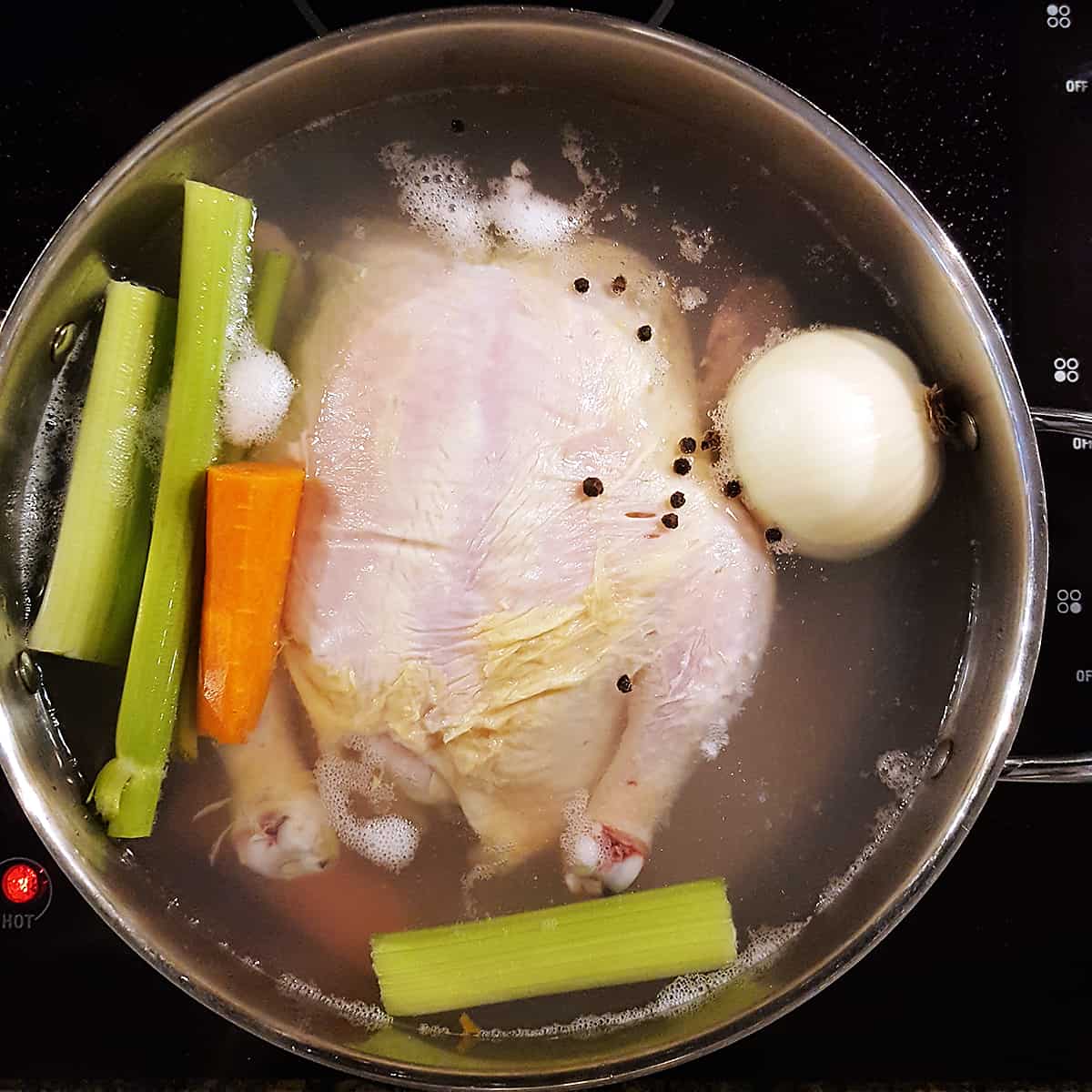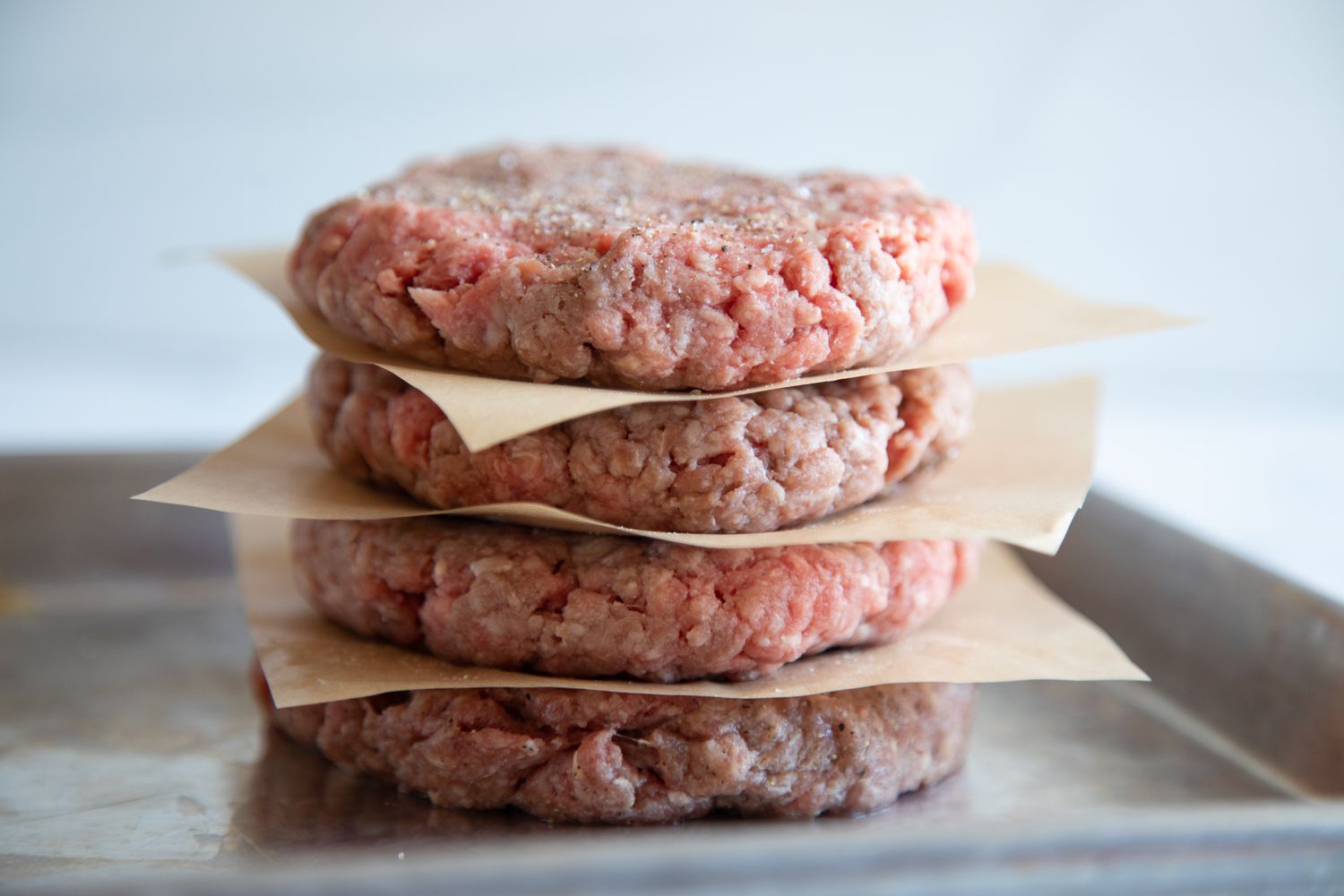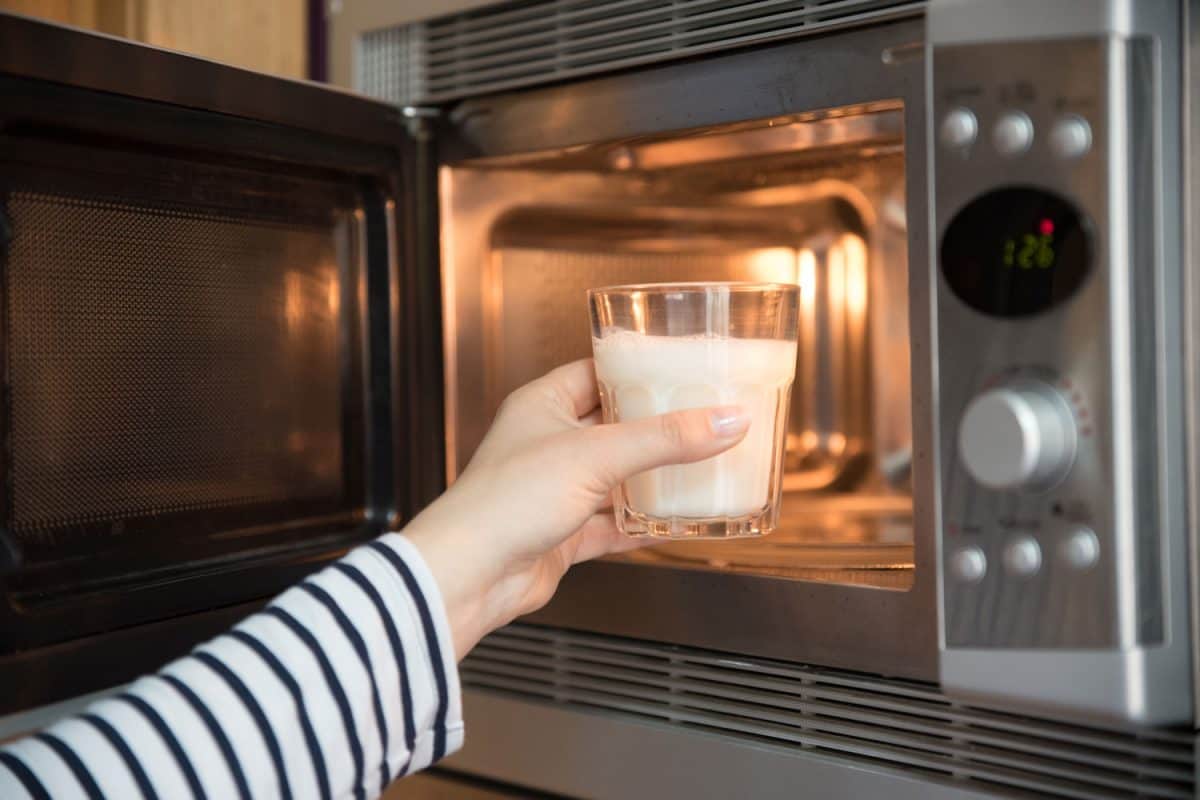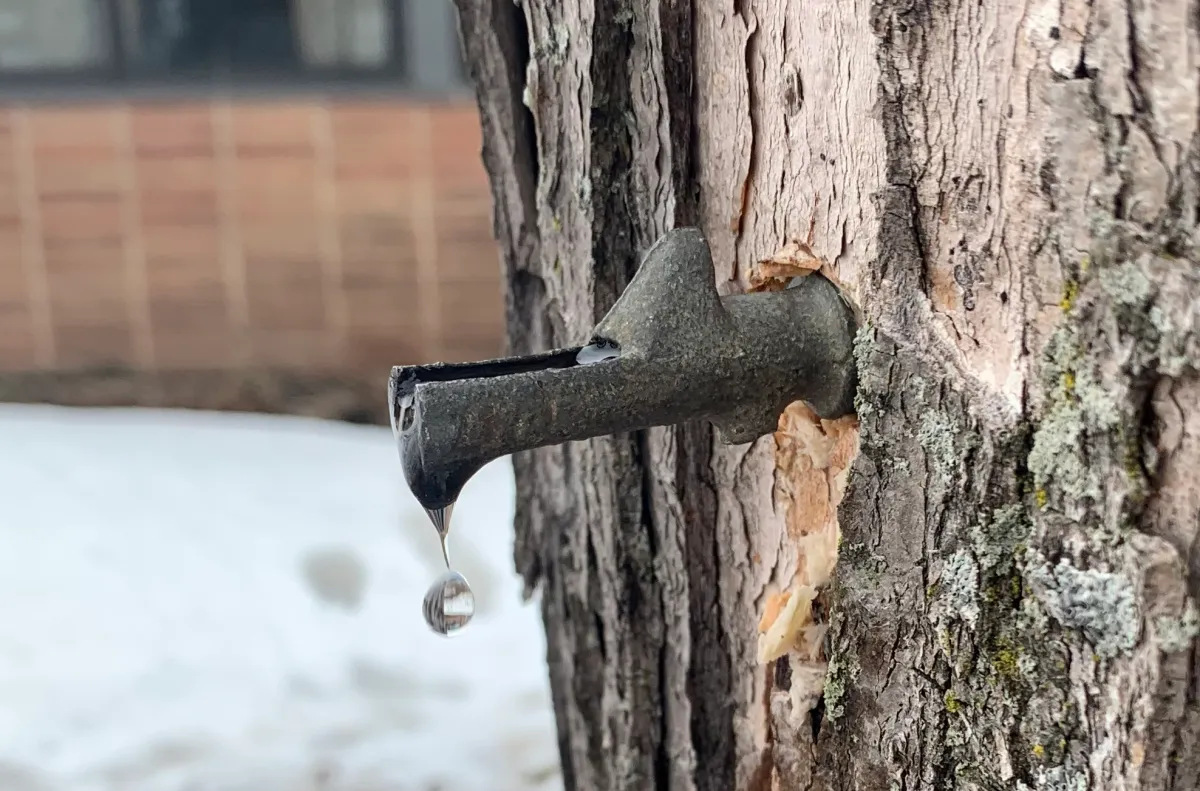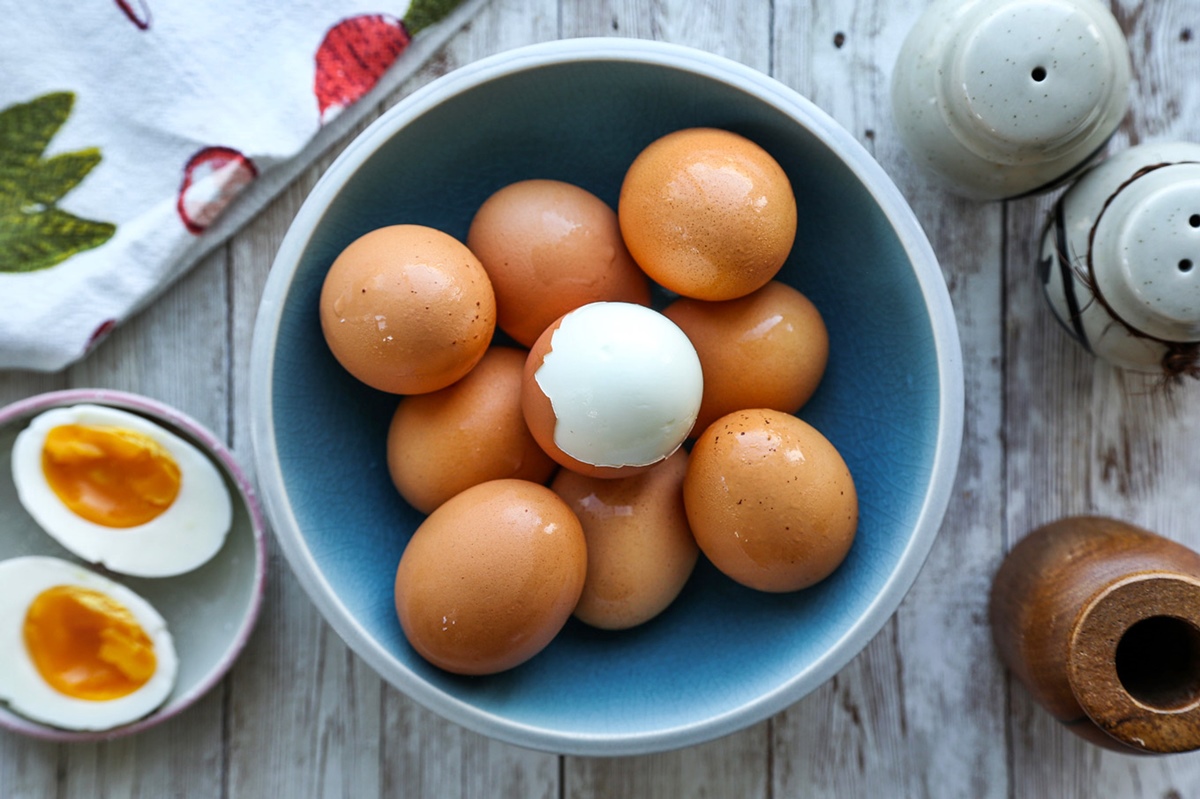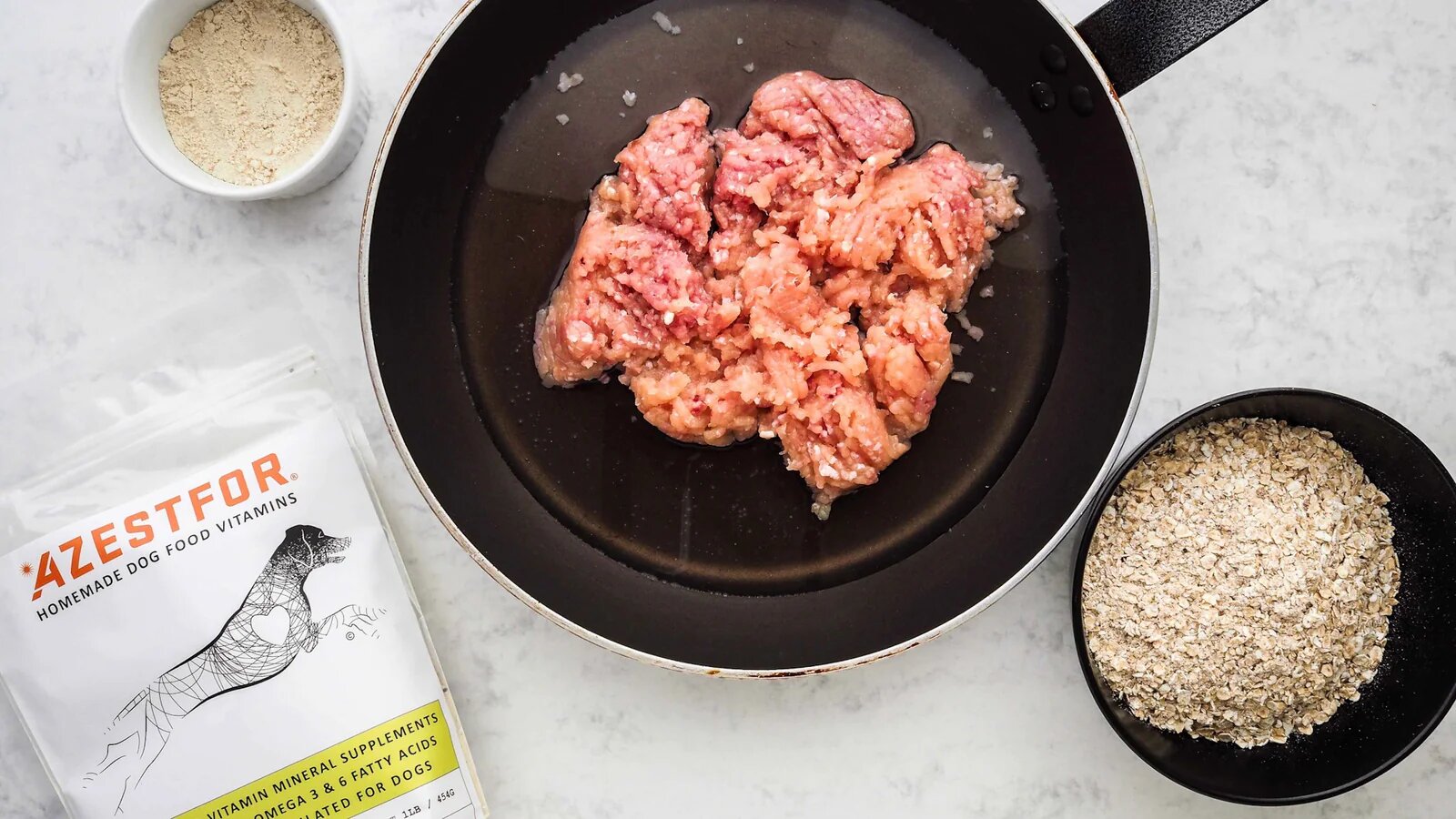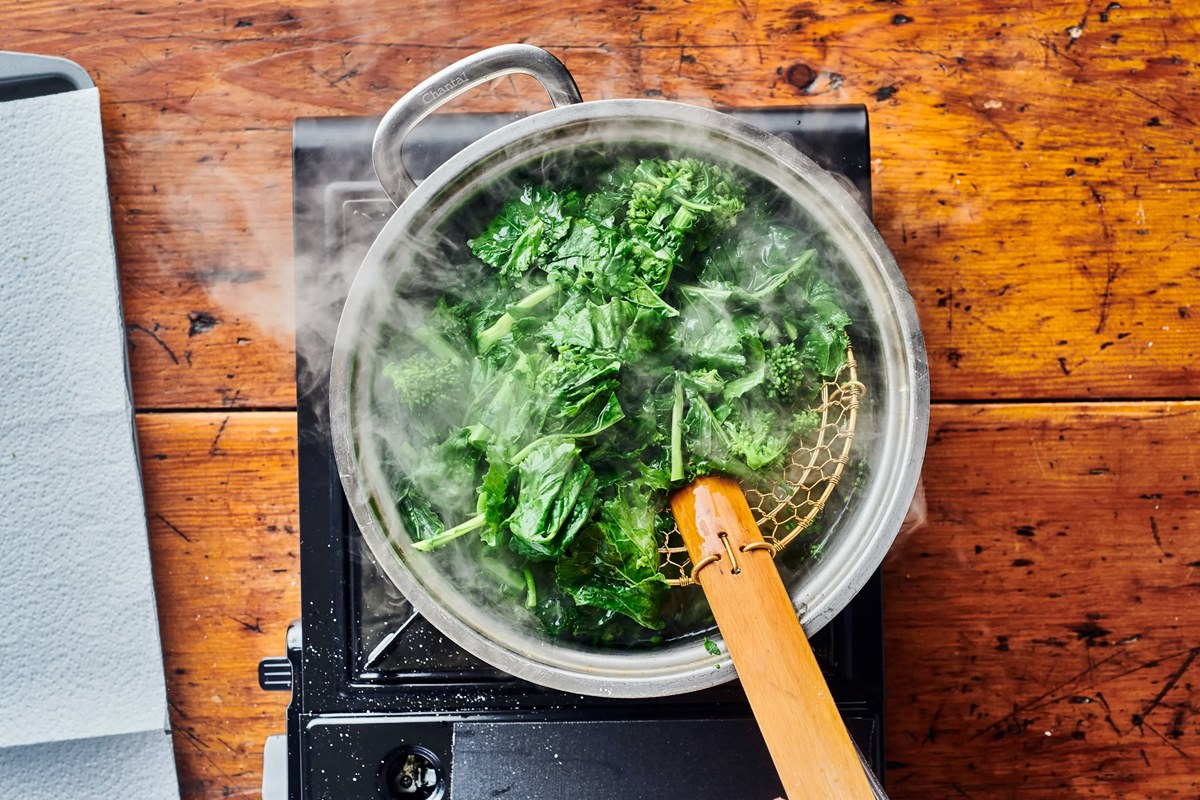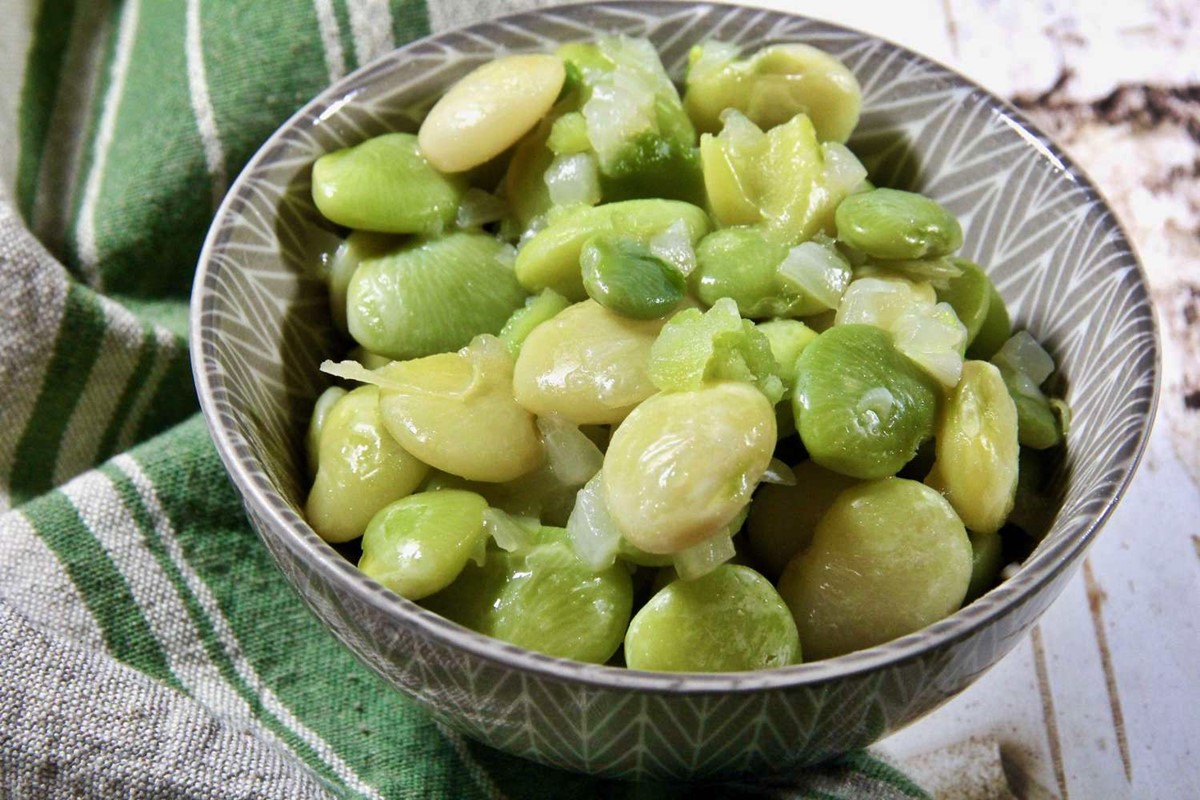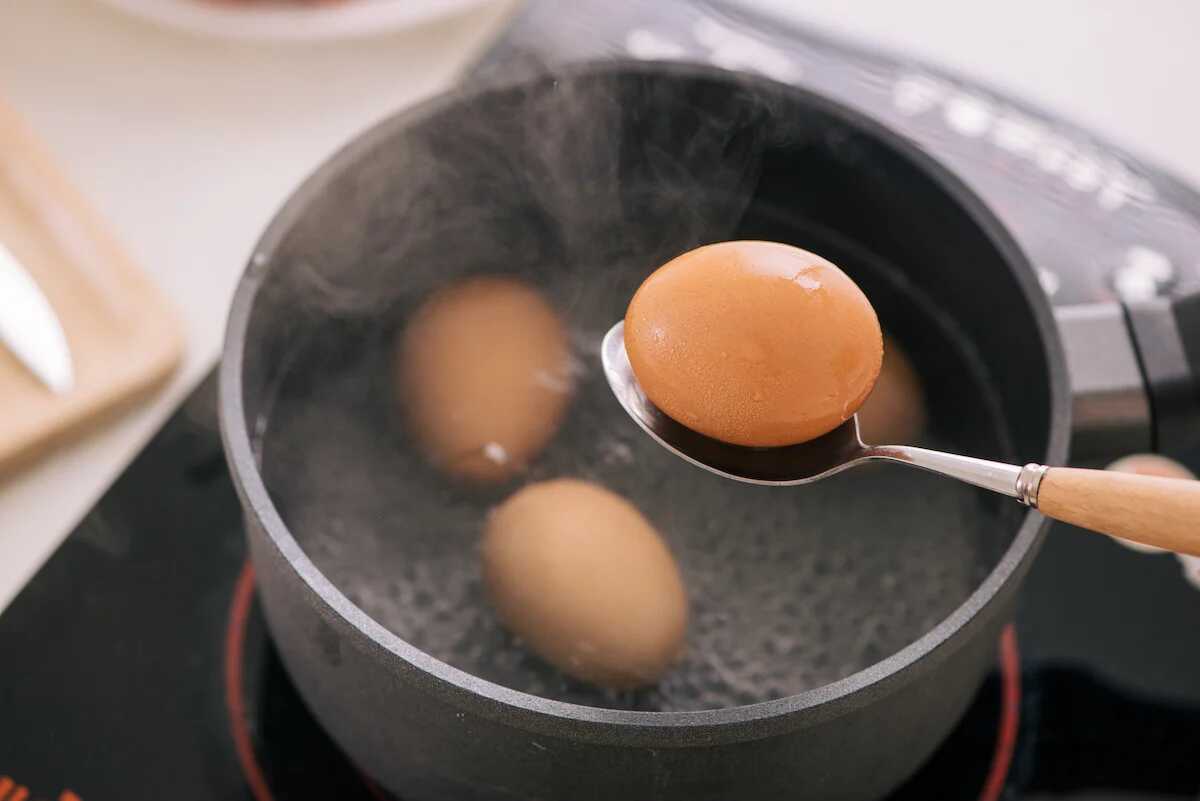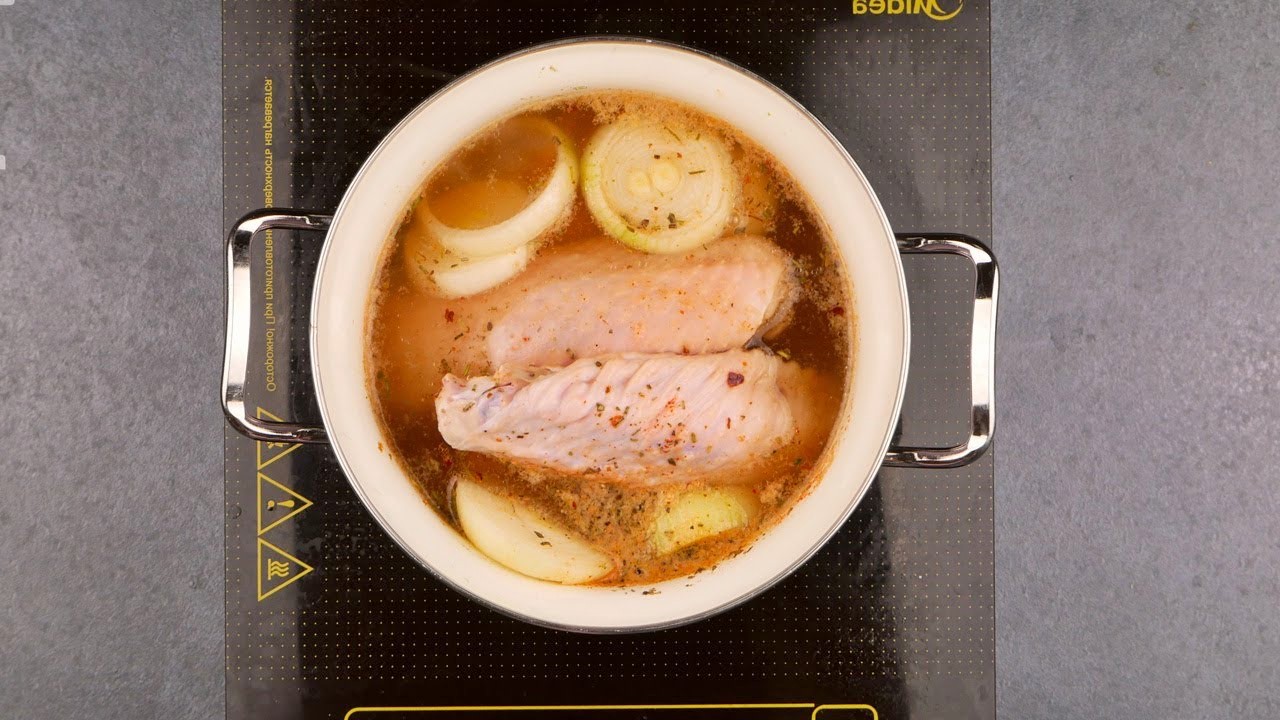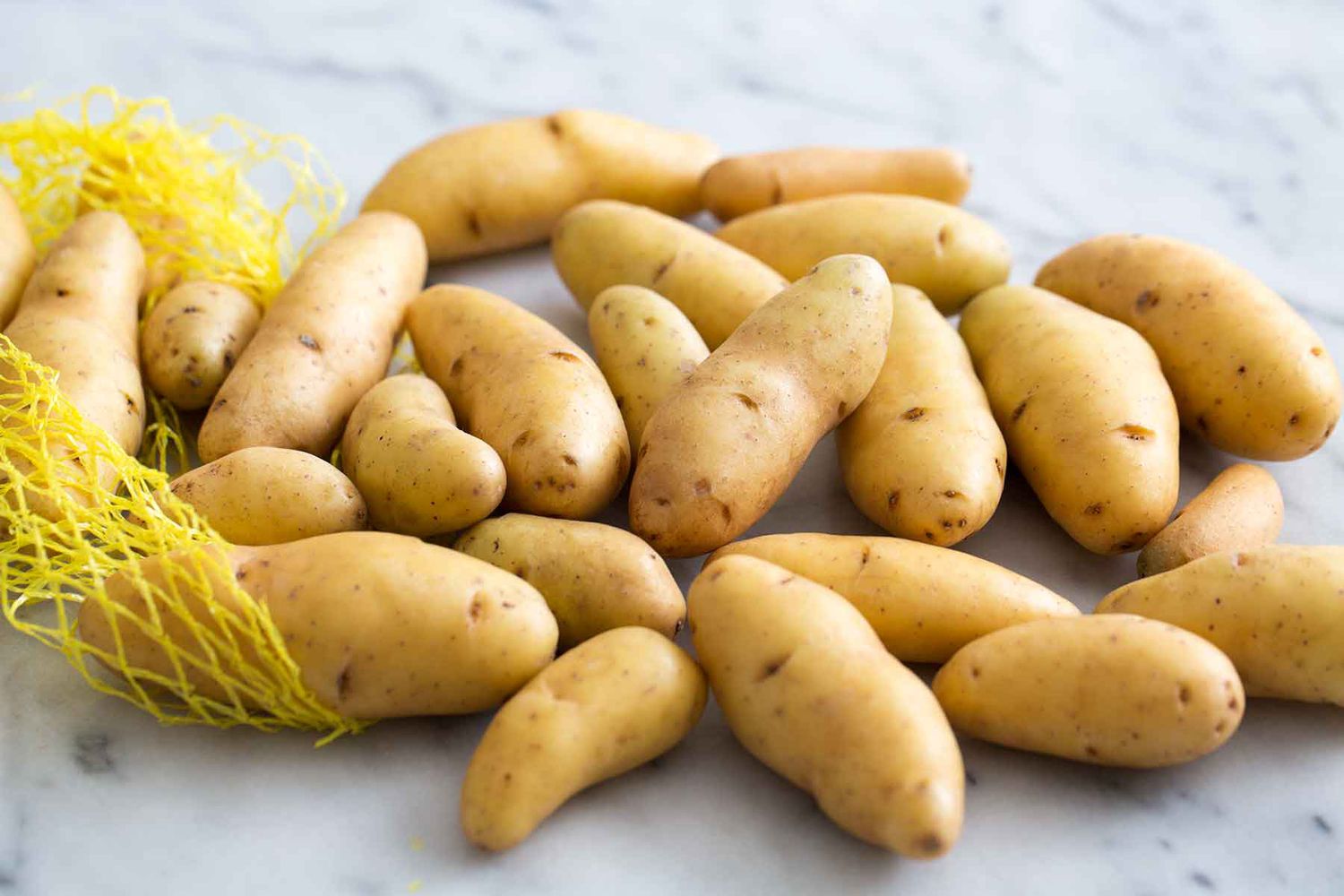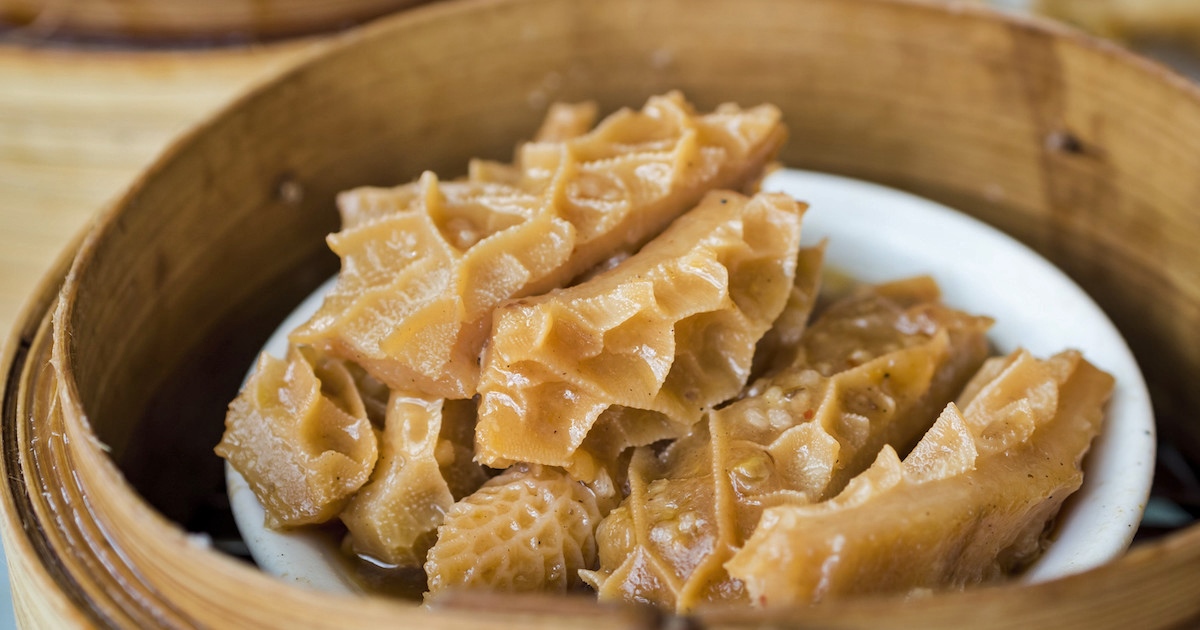Boiling cabbage leaves might seem straightforward, but there's an art to getting it just right. Whether you're preparing a wrap, a stuffed dish, or simply aiming for a tender, flavorful side, mastering the boil can elevate your cooking. This guide will walk you through selecting the best cabbage, prepping your leaves, and boiling them to perfection. With a few tips and tricks up your sleeve, you'll ensure your cabbage leaves are always cooked just right, enhancing the taste and texture of your dishes. Let's dive into the process and make your kitchen endeavors with cabbage leaves a success.
Gather Your Ingredients
- Fresh cabbage leaves
- Water
- Salt
Essential Tools for Boiling Cabbage Leaves
- Large Pot
- Colander
- Tongs
- Knife
- Cutting Board
- Slotted Spoon
Boiling cabbage leaves is simple. Start with fresh leaves, remove the thick stem, and immerse in boiling water for about 2 minutes. Then, plunge them into ice water to stop cooking.
The Benefits of Boiling Cabbage Leaves
Boiling cabbage leaves softens their texture, making them easier to digest and more palatable. This process also releases nutrients, such as vitamin C and K, enhancing their availability for absorption. Boiling can reduce the bitterness often associated with raw cabbage, offering a milder flavor suitable for various dishes.
Your Step-by-Step Guide to Perfectly Boiled Cabbage Leaves
-
Select fresh cabbage: Look for vibrant, green leaves without any brown spots or wilting.
-
Wash the cabbage: Rinse under cold water to remove any dirt or debris.
-
Remove the core: Place the cabbage on a cutting board with the stem facing up. Cut around the stem with a sharp knife and pull it out.
-
Separate the leaves: Peel off the leaves one by one. If they're tough to remove, cut the remaining core slightly deeper.
-
Boil water: Fill a large pot with water, adding a pinch of salt. Bring to a rolling boil over high heat.
-
Blanch the leaves: Place cabbage leaves in the boiling water. Blanch for 2-3 minutes or until they become soft and pliable.
-
Ice bath: Prepare an ice bath by filling a large bowl with ice and water.
-
Cool the leaves: Using tongs, transfer the blanched leaves from the boiling water to the ice bath. This stops the cooking process and preserves the vibrant green color.
-
Drain: Once cooled, remove leaves from the ice bath and gently pat dry with a clean kitchen towel or paper towels.
-
Trim thick veins: For easier rolling or stuffing, trim down the thick central vein from each leaf without cutting through.
Mastering the Art of Cabbage Leaf Boiling
Boiling cabbage leaves might seem straightforward, but mastering this simple skill opens up a world of culinary possibilities. From stuffed cabbage rolls to light, healthy wraps, tender cabbage leaves are the unsung heroes of many dishes. Remember, key to success lies in choosing fresh leaves, timing your boil just right, and cooling them properly to maintain that perfect texture and color. Experiment with different seasonings in the boiling water to add an extra layer of flavor to your dishes. Whether you're prepping for a family dinner or trying out new recipes, boiled cabbage leaves are a versatile ingredient that can elevate your cooking. So, next time you're in the kitchen, give this method a try and watch as simple cabbage leaves transform into something truly special.
Boiling cabbage leaves is a versatile skill that opens up a world of delicious recipes to try. For a hearty meal, Cabbage and Potato Soup is a must-try, offering a comforting blend of flavors. If you're in the mood for something lighter, the Cabbage and Quinoa Salad provides a nutritious and refreshing option. For those who enjoy traditional dishes, Traditional Stuffed Cabbage Rolls are a great way to showcase this technique. Another satisfying option is Cabbage and Sausage Soup, which combines savory sausage with tender cabbage. If you prefer wraps, Cabbage Wraps with Ground Beef offers a flavorful and easy-to-eat alternative. Vegetarians will appreciate the Vegetarian Stuffed Cabbage Rolls, filled with a tasty mix of vegetables and grains. For a unique twist, Asian Inspired Cabbage Rolls bring an exciting fusion of flavors. Lastly, Cabbage Leaves Lasagna is an inventive take on a classic, substituting pasta with nutritious cabbage leaves.
All Your Questions Answered
How long does it take to boil cabbage leaves?
Boiling cabbage leaves usually takes about 5-7 minutes. You're aiming for them to become tender but still a bit crisp, not mushy. Keep an eye on the clock, and don't wander off!
What's the best way to prepare cabbage for boiling?
First off, remove the tough outer leaves. Then, cut the cabbage into quarters, slicing out the core from each piece. After that, you can either leave the quarters as is or chop them into smaller pieces, depending on your recipe needs.
Can I add flavor to cabbage leaves while boiling?
Absolutely! Tossing in a pinch of salt is a good start. For more oomph, consider adding a bay leaf, a few peppercorns, or a splash of vinegar to the water. These little extras infuse the leaves with subtle flavors, making them even tastier.
Is it necessary to wash cabbage before boiling?
Yes, indeed. Rinse the whole cabbage under cold running water before you start chopping. This step helps to remove any lingering dirt or bugs that might be hiding in the leaves.
How do I know when the cabbage leaves are done boiling?
They'll turn a brighter green and become tender enough to pierce with a fork easily. If they look a bit translucent and are soft to the touch, they're ready to go.
Can boiled cabbage leaves be used for stuffed cabbage rolls?
They're perfect for that! After boiling, let them cool down a bit before you start spooning your filling onto each leaf. The boiling process makes them pliable, which is just what you need for rolling them up without any cracks or tears.
What should I do with the water used for boiling cabbage?
Don't just pour it down the drain! This water is now a light cabbage broth, full of nutrients. You can use it as a base for soups or stews, adding a subtle cabbage flavor and extra vitamins to your dishes.
Was this page helpful?
Read Next: How To Boil Argentine Red Shrimp
